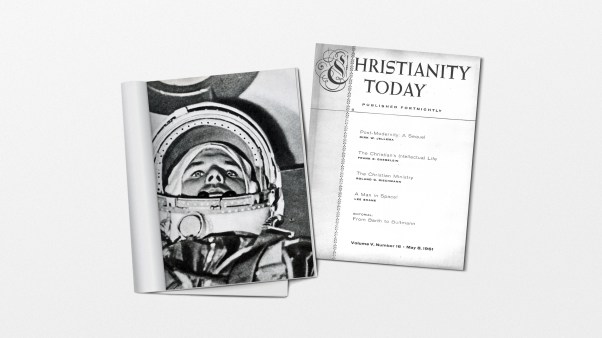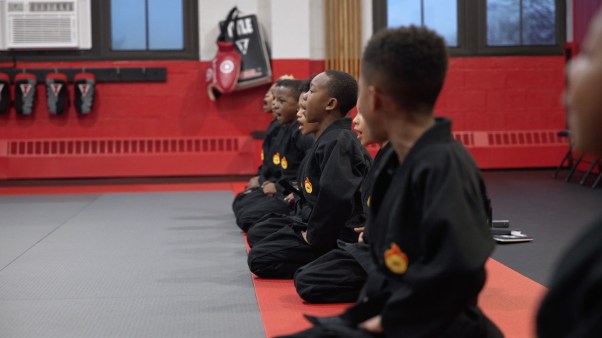A student of statistical probabilities would undoubtedly have predicted that the combination was bound to turn up one of these days. Plastic dashboard madonnas and rear-window stickers displaying the Playboy rabbit are both plentiful enough that it was perhaps only a matter of time until some car would carry one of each. But when I finally saw the combination on a Chicago expressway I was unprepared for it, and was immediately thrown into a frenzied attempt to absorb it into my theology. Only the kind of dullard who is totally insensitive to eschatological tensions, or who thinks of the old Brooklyn Dodgers’ infield when he hears the name “Cox,” would take refuge in the too-easy hypothesis that one was merely witnessing the resultant compromise of some intra-family generation gap. No, this had to be one of those “revelatory events” that contemporary theologians are always talking about, one of those symbols, or combinations of symbols, through which one can grasp the Spirit of the Age—or, more literally, the pregnant meaning-centers of our history.
But what message was this Oldsmobile mediating? My first thought was, of course, that the coexistence of the Blessed Virgin and the Playboy Bunny calls for a new chapter in the analysis of possible Christ-culture relationships. What we have here is the Mother of Christ and the Pet of Hefner standing in a relatively stable confrontation within a single organism (sort of), with neither one being quite dominated, or transformed by, or exalted at the expense of, the other. But the more I think about it, the more it looks like the old Lutheran business; and one would hardly expect that a contemporary kairos would be a mere replay of the fifth chapter of H. R. Niebuhr’s Christ and Culture.
Perhaps, instead, the message was a sort of kerygmatic revision of The Feminine Mystique, a picture of the transforming image of the Twentieth-Century Woman: the Madonna symbolizing Woman as asserting the Courage-to-be-as-a-part (heteronomy) and the Bunny as the expression of the autonomous Courage-to-be-as-oneself, with both of these, in tension, pointing to some middle, even transcendent, way that at once embraces and rises above the conflict.
Or we might have here a graphic portrayal of the prophetic-priestly clash: the Mother standing as the transmitter and protector of the traditional values, yet engaging in creative encounter—dare one say “dialogue”?—with the advocator of the New Morality, by whose prophetic, catalytic agency the old structures will be transformed and recreated in order that there might be a dynamic movement through history—a movement emboldened by Freedom but disciplined by a maternal affection for Law.
Nor should we ignore the possible contribution from this to the Church’s ongoing task of translating the myths of the three-story universe into meaningful and manageable symbols for our day. Imagine, for example, a new “Cotton Patch Version of the Apocalypse” that replaces the Lamb, the Woman, and the Dragon with … well, keeping to car decorations, why not the Bunny, the Virgin, and the Flag?
But in the final analysis perhaps this is a case where the medium is the message. It might be that the apparent opposition between the forms of these two symbols is rendered irrelevant by the fact that they are made of the same substance, that they are fashioned by, and from, the same plastic-and-cellophane culture, a culture whose very plasticity allows for the real possibility that Madonnas and Bunnies are mass-produced in the same factory. Perhaps such a culture robs both sacred and profane of the power to judge the other. If so, then the message is that images made of such stuff may peacefully coexist with nothing to fear from each other. But, of course, they would together stand defenseless before “an fervent heat.”—RICHARD J. MOUW, instructor in philosophy, Calvin College, Grand Rapids, Michigan.










